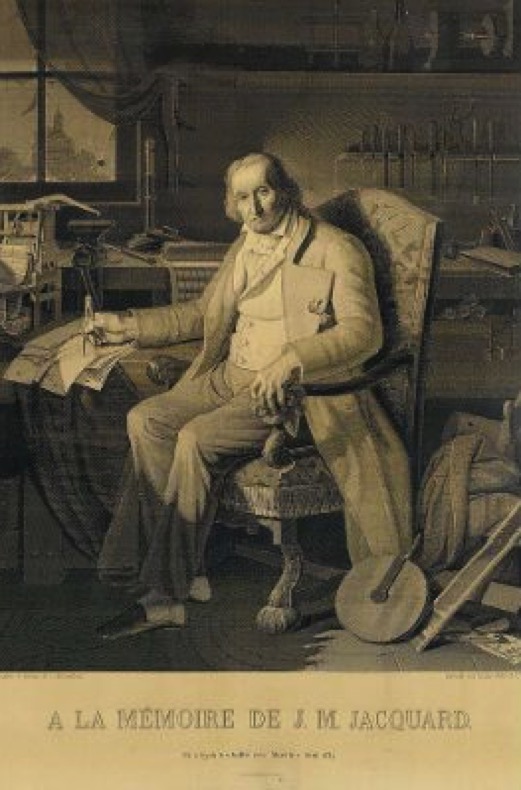History (1801): Jacquard’s Punched Cards
Becoming IBM's Hollerith 80-columns punch cards in 1928
This is a Press Release edited by StorageNewsletter.com on February 13, 2018 at 2:23 pmThis article comes from the Computer History Museum.
1801: Punched cards control Jacquard loom
Joseph Jacquard’s punched cards program patterns on a weaving loom
In Lyon, France, Joseph Marie Jacquard (1752-1834) demonstrated in 1801 a loom that enabled unskilled workers to weave complex patterns in silk. The Jacquard Loom is controlled by a chain of multiple cards punched with holes that determine which cords of the fabric warp should be raised for each pass of the shuttle. The ability to store and automatically reproduce complex operations found wide application in textile manufacturing.

In 1832, Semen Korsakov (1787-1853) devised methods of searching information stored on punched cards for the Russian Police Ministry. English mathematician Charles Babbage described plans to use punched ‘number cards’ to input programs and data into his Analytical Engine in 1837.
Scottish clock maker Alexander Bain (1811-1877) used a ‘continuous card’ in the form of punched paper tape to speed the input of text messages for transmission over the railroad telegraph in 1846. storage and input on punched tape remained in use for small computers and machine tool control through the early 1970s.
American inventor Herman Hollerith (1860-1929) built an electro-mechanical tabulator to analyze statistical information stored on punched cards for the U.S. Census of 1890. He founded the Tabulating Machine company in 1896 to exploit other applications for his system. The original Hollerith punch card (3 1/4″ high and 7 3/8″ wide) was approximately the same size as the US dollar bill at the time to facilitate adaptation of some existing storage and handling devices. Hollerith’s firm and three others merged to form the Computing Tabulating Recording company in 1911 that was renamed International Business Machines Corporation in 1924.
Other companies, including Burroughs, NCR, Powers Samas, and Remington Rand, introduced their own cards but as IBM grew to dominate the early data processing industry, its format with rectangular holes and 80 columns introduced in 1928 emerged as a standard storage medium.














 Subscribe to our free daily newsletter
Subscribe to our free daily newsletter

